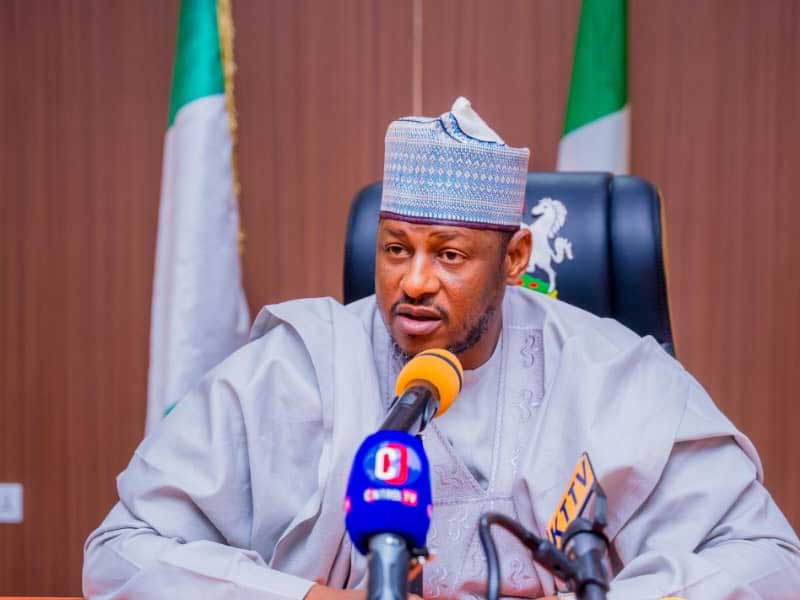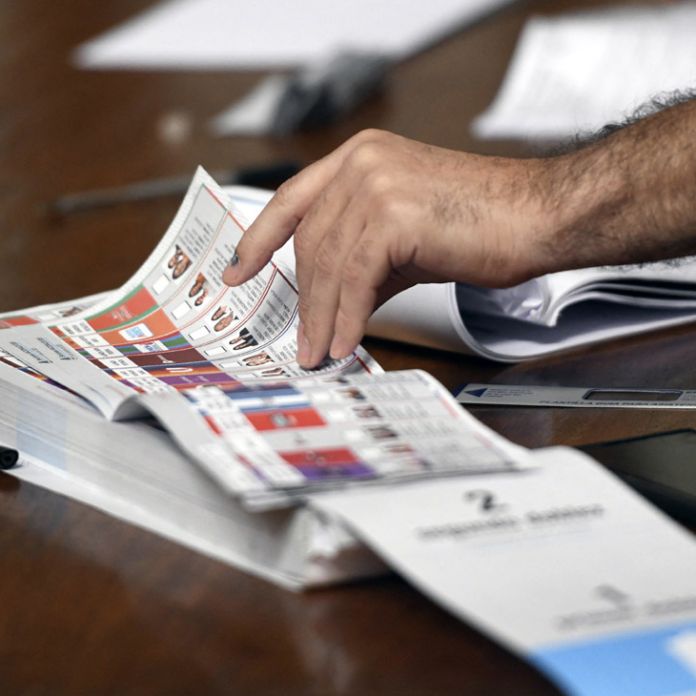Copyright trinidadexpress

THE newly launched Revitalisation Blueprint by the Government of Trinidad and Tobago marks a bold attempt to reshape the nation’s economy and physical landscape. With promises of job creation, urban renewal, and sustainable development, this initiative mirrors some of the world’s most successful infrastructure-driven transformations—from America’s New Deal to the remarkable urban evolutions of Singapore and Dubai. During the Great Depression of the 1930s, US President Franklin D Roosevelt’s New Deal revolutionised the American economy through massive public works programmes. The construction of roads, bridges, and public buildings not only put millions back to work, but also laid the foundation for decades of prosperity. Similarly, Trinidad and Tobago’s Revitalisation Blueprint aims to use infrastructure investment as an engine for economic recovery, particularly after years of sluggish growth and global uncertainty. The Government’s plan, which outlines more than 100 major development projects, seeks to diversify the economy beyond energy by targeting construction, tourism, digital transformation, and manufacturing. Much like the New Deal, it is built on the belief that strategic public spending can stimulate private investment and restore confidence in the economy. But the Revitalisation Blueprint also draws lessons from more contemporary examples—notably Singapore and Dubai, two nations that used visionary planning and large-scale infrastructure projects to reinvent themselves. Singapore, once a small trading port with few natural resources, transformed into a global financial and technological hub through disciplined urban planning, education, and industrial diversification. Similarly, Dubai’s rapid growth from a desert settlement to a world-class metropolis was driven by bold infrastructure investments—from the Burj Khalifa to massive ports, airports, and free-trade zones that attracted global businesses. Trinidad and Tobago’s Government appears to be adopting elements of both models. The San Fernando Waterfront Redevelopment Project and the Port of Spain Invaders Bay Development echo Dubai’s emphasis on tourism and urban design, while the South-South Corridor and industrial renewal zones follow Singapore’s model of connectivity and economic clustering. These initiatives, if properly implemented, could redefine the nation’s business landscape and open new opportunities for regional trade and investment. Prime Minister Kamla Persad-Bissessar, at the launch of the Blueprint, described it as “a practical vision for a modern, resilient, and equitable Trinidad and Tobago.” The plan envisions creating over 50,000 jobs, attracting private sector participation, and modernising infrastructure to meet 21st-century standards. However, success will depend on execution. Both Singapore and Dubai combined strong governance with transparent, long-term planning—qualities that Trinidad and Tobago must emulate to avoid inefficiency and political interference. If the Revitalisation Blueprint achieves its goals, it could place Trinidad and Tobago among the world’s examples of how infrastructure-driven development can revive economies and transform nations. Just as the New Deal lifted America, and visionary projects propelled Singapore and Dubai, this initiative could usher in a new era of growth, pride, and progress for Trinidad and Tobago. The Honourable Prime Minister, Kamla Persad-Bissessar and by extension the Government, must be commended for their bold, innovative vision. Steve Seetahal Fulbright Alumni in Economics San Fernando



